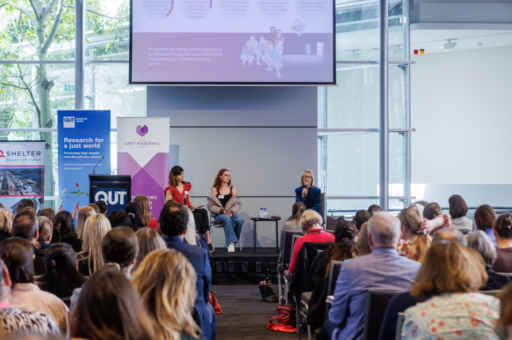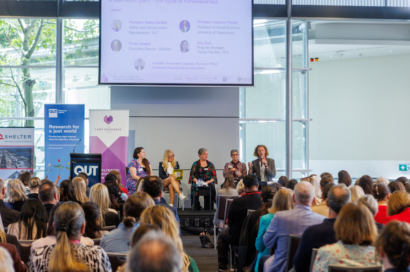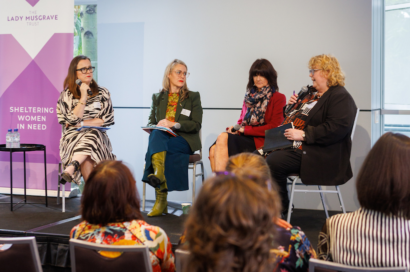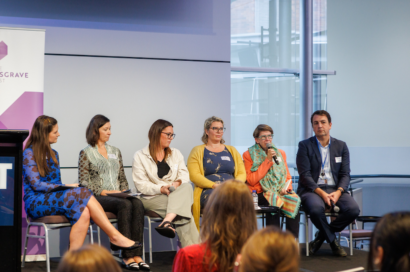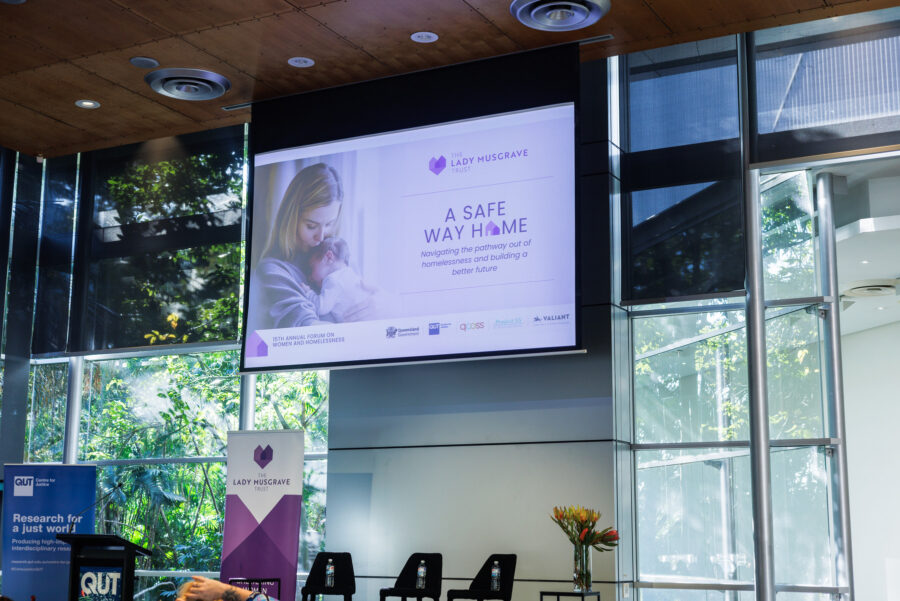
Forging pathways out of homelessness: Rethinking how we build a better future
Aug 23, 2023
With Australia in the midst of a housing crisis, it’s time to rethink our approach to solving the problem of homelessness.
As the housing crisis deepens, with record low rental vacancies and soaring prices, more than 1,600 Australians are being pushed into homelessness each month.
Queensland has become the epicentre of the crisis, with a 20 per cent increase in homelessness over the last five years; almost triple the national increase.
It’s clear that whatever we’re doing to solve the problem at a societal level isn’t enough. That’s why it’s time to take a hard look at the strategies that are making a real impact, and explore how these initiatives can be replicated.
The Lady Musgrave Trust’s Annual Forum, held in Brisbane, was dedicated to spotlighting the efforts that are making a difference, and connecting people and organisations so their solutions can make the biggest impact possible.
Here are three approaches that were spotlighted at the Forum.
Coordinate and collaborate
Kate Colvin, CEO of Homelessness Australia, began the Forum by discussing the need for a National Housing and Homelessness Plan, with a clearly articulated ambition to end homelessness in Australia.
“We’ve not seen a commitment to addressing this crisis from the Federal or State governments yet,” she said.
“Something I’m excited about is that the Federal Government has committed to developing a National Housing and Homelessness Plan, which will be a 10-year plan.”
But while that national plan is still forthcoming, organisations in the sector are already forging their own partnerships and seeing the benefits of taking a coordinated, collaborative approach.
Fiona Worrall is the CEO of Peggy’s Place, a privately funded refuge for women who have escaped violence. She’s worked with The Flannery Foundation – a fund dedicated to supporting Australian charities – to build the refuge, and is linking with Brisbane Youth Service and Micah Projects to provide support for its residents.
“It takes a whole community to make a difference around housing,” Fiona told attendees at the Forum.
“When I first came to Queensland 12 years ago, I was working at the domestic violence unit at Caboolture Police Station. I remember ringing up Child Safety for the first time and saying, ‘Hey, can I come over for a visit?’ And they said, ‘Why?’
“So I love that, 12 years later, all of our service systems are finally talking to each other.”
Victoria Parker, CEO of The Lady Musgrave Trust, agreed that collaborations and partnerships are key to making an impact.
“We see our purpose as filling that space between what the community needs and how the government responds, because quite often there is a lag there,” she said.
“To do that, we partner with the best in the business. We purchase properties and we work with housing providers like Churches of Christ, who provide our property management services. Then we look to work with community organisations to provide services and support for our tenants, such as YFS and InCommunity.
“We look to be the bridge, or the backbone, that pulls together different partners to deliver an outcome.”
Antoinette Rusby Perera, the Queensland State Manager of the Property Industry Foundation, explained how her organisation typifies this collaborative approach.
“We build homes for young people experiencing homelessness in partnership with other charities,” she said. “We don’t run them, we don’t manage them… we hand them over a house or accommodation hub they can use.
“But we’re not the heroes. We’re not at the coal face – all of the organisations in this room are the heroes. We’re the people who provide the infrastructure and expertise so organisations like those at the Forum can do their job.”
Tamara Smith, the CEO of Suited for Success – a charity that provides free styling, clothing and career support services for people in need – said her organisation is dedicated to amplifying the efforts of community organisations who are making a difference, rather than competing with them.
“In the charity sector, one of the most frustrating things is there can be a lot of duplication,” she said. “We wanted to come in and amplify the impact a lot of you were already having. We wanted to add value.
“If you’re doing a job skills program, we can supply your young people with beautiful outfits for when they start going to interviews. If you’re placing people in traineeships, we can provide them with a week’s worth of outfits so they don’t have to worry about where the money for those clothes will come from.
“We’re really passionate about partnering with community groups to increase our individual impact.”
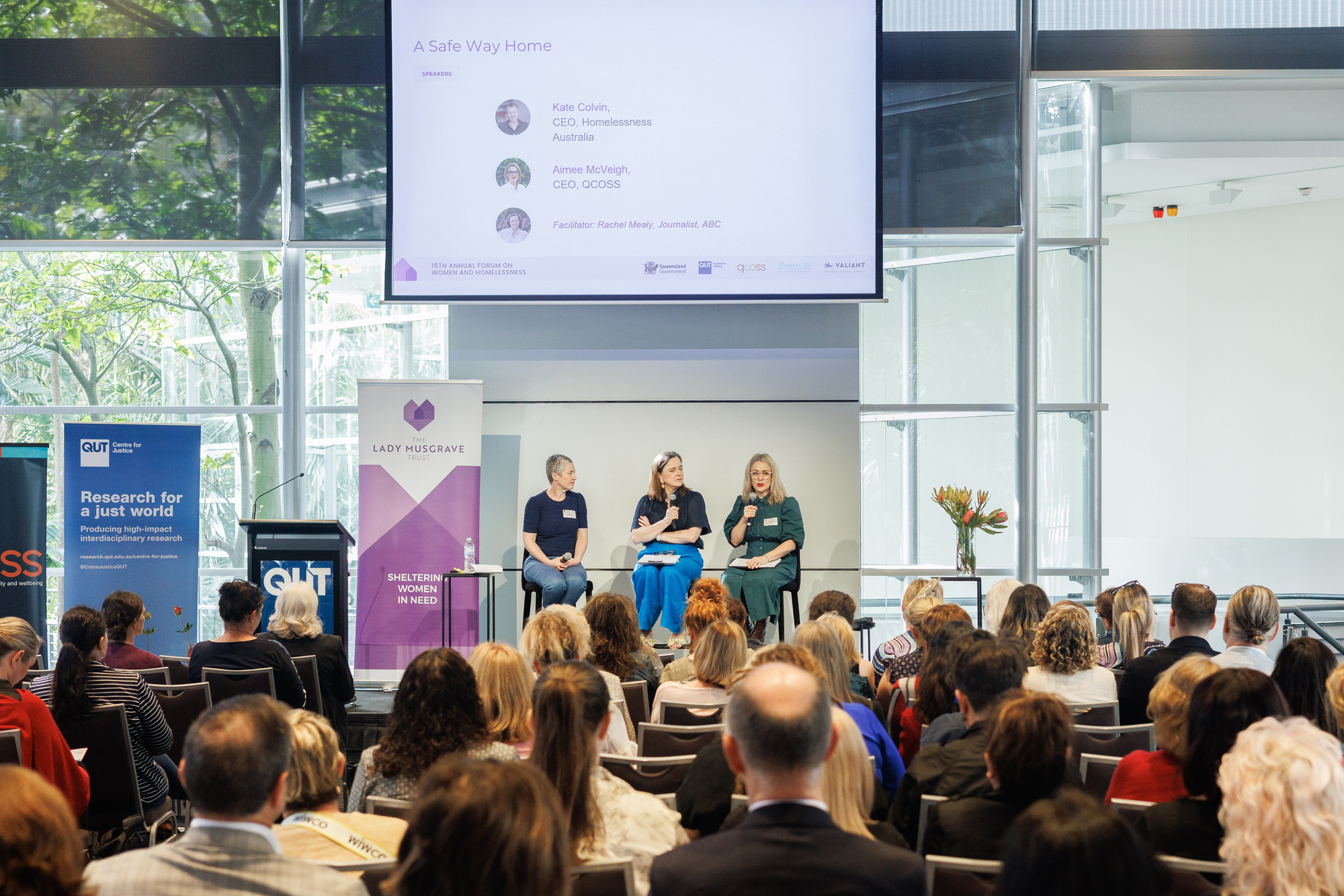
Waste not, want not
It might sound reductive, but there’s no denying more housing is needed to solve the housing crisis.
In Queensland alone, a report recently prepared for QCOSS by University of New South Wales Professor Hal Pawson found that 11,000 affordable and social homes are needed each year – for the next 20 years – to end the crisis.
While the national cabinet has just agreed to build 1.2 million new homes in a bid to tackle the issue, this new housing supply will take time to materialise. That’s why those working in the sector are taking the initiative now.
“We’re looking at what we can do in the meantime,” Madonna Cuthbert, Acting Executive Director of Housing and Homelessness Services at the Queensland Department of Housing, told the Forum.
“Are there buildings we can reimagine, in terms of their use? For example, we’ve either leased or bought three aged care or retirement villages [to be used for social housing]. We’ve opened two of those – one at Redlands and one at Clayfield – and in the next couple of months we’ll be operational in Toowoomba.
“We’re really looking at opportunities to repurpose existing buildings and existing complexes, to see what we can do while we’re working on delivering the pipeline of supply going forward.”
Chris Seiboth, the executive lead at Lutheran Services Australia’s Community Services Support Centre, is currently working with local neighbourhood Lutheran Church congregations to identify property and assets owned by the Church that can be leveraged for wider community benefit.
“We’re identifying parcels of land that can be utilised and converted into housing options,” he said.
“We recently identified an unused parcel of about 4,000 square metres of land that has now become eight fully accessible units, funded by the Commonwealth Government, for women and children escaping domestic and family violence – and we’ve just found our next parcel for our next project.”
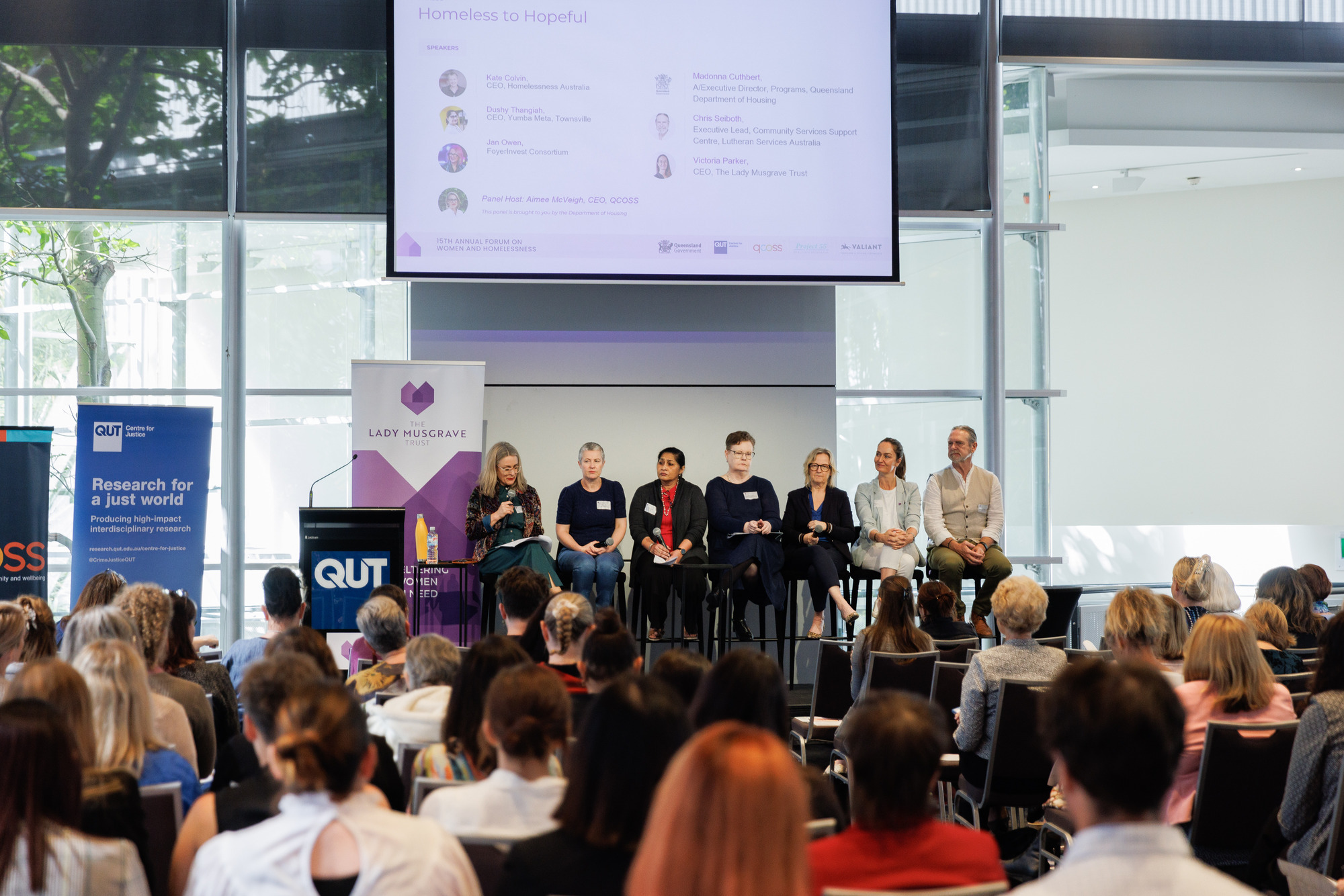
A holistic approach to homelessness
Of course, having access to social and affordable housing is crucial to preventing and responding to homelessness – but as Kate Colvin pointed out, it’s not the magic bullet for solving the problem.
“There are other factors that need to be talked about in any plan to end homelessness,” she said. “There are huge gaps that we see in terms of homelessness service delivery, and in terms of people having the support they need to thrive, so that homelessness doesn’t occur in the first place.”
Chris Seiboth agreed that effective solutions need to take a holistic approach.
“The first stage is about stability and safety, and the second stage is about rebuilding, finding economic independence and pathways to full recovery,” he said. “At Lutheran Services, we work with women to provide education, and then a job placement, and then ongoing employment if they so choose.”
Jan Owen is the co-convenor of the FoyerInvest Consortium. Her organisation's Youth Foyers provide young people, aged 16 to 24, with safe and stable accommodation for up to two years, as well as integrated wrap-around services, including education and employment pathways.
“Accommodation is great,” she said, “but it’s not enough if you’re trying to set yourself up and get out of the cycle of disadvantage.
“Foyers are about putting stepping stones in place beyond accommodation, because without that stability, you can’t think about what you need to do next.
“We recently undertook an analysis with Accenture that found the cost of youth homelessness is split, almost 50/50, between Federal and State governments. And we found it costs them $386,000 when a young person is homeless, but if they’re in a Foyer, that cost goes down to $172,000.
“If we could work with 20,000 young people by 2050, we could save those governments and taxpayers $2.9 billion – and that money could be repurposed for genuine, long-term housing solutions.”
This event was made possible through the support of our partners, the Queensland Government (who also was the naming rights sponsor of the Homeless to Hopeful session); QCOSS, QUT Centre for Justice; Project 55 by Elevate Residential; and Valiant Events and Hire.

